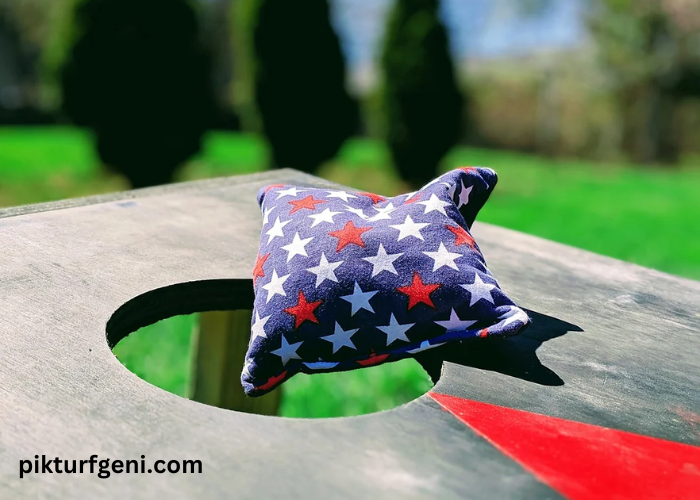Cornhole is a popular sport that requires precision in aiming, tossing, and pocketing the cornhole bags. There are many factors that may impact gameplay, and one of these is the type of cornhole bags that is utilized.
It is important to know how the type of fabric used in cornhole bags affects performance. If you are a big fan of the game, you may want to know that custom-made cornhole bags are available, and they help you to better display your creativity and character.
Custom Cornhole Bag Materials and Their Effect on Cornhole Game Play
The construction of a cornhole bag dictates to a great extent its behavior during play. Most cornhole bags commonly consist of a sturdy material that is stuffed with either corn or synthetic material. For custom cornhole bags, this material can be duck cloth, microfiber, or synthetic fabrics.
a. Duck Cloth Cornhole Bags
Duck cloth is a dense, thick and durable fabric that has been used in making cornhole bags for many years. They are long lasting and can easily withstand tear and wear from continuous use. Since the material is dense and firm, the bag gives a consistent touch when holding it, which is crucial for players who need a reliable grip and feel during throws.
Probably one of the greatest strengths of duck cloth is its ability to offer slickness while also being frictional. Bags that are made from this material glide easily on smooth surfaces, but do not slide too much. However, environmental conditions such as moisture can impact the fabric, making it to become heavier or stiffer, thereby affecting the performance of the bags.
b. Synthetic and Microfiber Bags
Custom cornhole bags are increasingly made from synthetic fabrics and microfiber since they are both durable and versatile. These materials are relatively resistant to weather conditions; they do not swell or shrink in wet conditions and will remain relatively light and easy to manipulate for a long time. Synthetic cornhole bags usually have a polished slipperiness to them and this can probably assist when tossing.
Microfiber, in contrast, offers a more textured feel and is less slippery. Anyone who wants better control or a slower slide might find this material to their liking. Microfiber also has a softer texture compared to synthetic fiber, which is advantageous to some players in that they don’t feel tired handling the custom cornhole bags during long sets.
Filling Choices: Corn vs. Synthetic Pellets
The outer covering of a cornhole bag is as crucial as the stuffing materials put in the bag. Regular bags are stuffed with corn, which have a traditional, rather lumpy texture to them. However, bags made of corn fillings are not permanent since they can easily disintegrate with time or change in weight and texture.
Synthetic pellets offer more consistency, as they do not shrink even after several games have been played. They’re also more suitable for wet conditions, which makes them much more ideal for outdoor environments.
Finding the Right Balance for Performance
Selecting cornhole bags depends on the desire of the player(s) as well as the need for efficiency and effectiveness in gameplay. A player may choose to use materials that could provide better slide and durability, or those that can give better grip and control. The right choice helps enhance both accuracy and consistency, helping to serve any player’s best interests.
